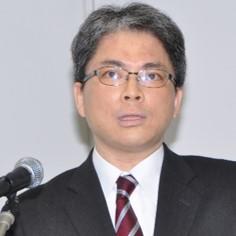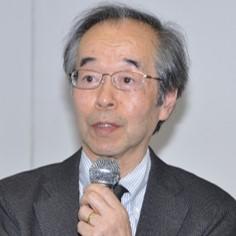Trends in Unmanned Aerial Vehicle Policies in the United States
- Colloquium
- Aviation and Airport
The 134th Transport Policy Colloquium ~Washington reportⅣ~

| Date / Time | Wed, Dec 11,2019 16:00~18:00(open15:30) |
|---|---|
| Venue | Japan Transport and Tourism Research Institute (JTTRI) (Tokyo) |
| Event Number | The 134th |
| Theme | Trends in Unmanned Aerial Vehicle Policy in the United States |
| Lecturer | Shinichi Yamada, Research Fellow, Japan International Transport and Tourism Institute, USA (JITTI USA) |
| Commentator | Shinji Suzuki, Project Professor, Institute for Future Initiatives, the University of Tokyo |
Event Summary
Unmanned aerial vehicles are regarded as an extremely promising field not only in Japan but also in the United States, and efforts are currently underway for research and development and formulation of standards for their utilization.
The policy in the United States has been accelerating since the Trump administration, and new developments are being made in sequence based on more multifaceted R & D, accumulation of research results and actual use cases.
In order to contribute to the study of unmanned aerial vehicle policy in Japan in the future, we grasped and organized the trends in research and development, the trends in the formulation of standards, etc., and discussed the content of research regarding such efforts in the United States.
Program of the seminar is as the following
| Opening Remarks 1 |
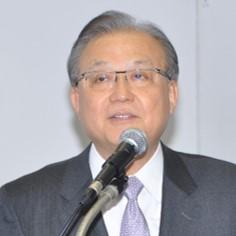
Masafumi Shukuri |
|---|---|
| Opening Remarks 2 |
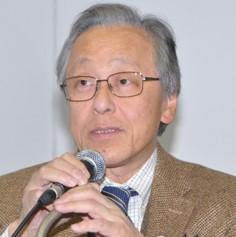
Hirotaka Yamauchi |
| Lecturer | |
| Commentator | |
| Question and Answer |
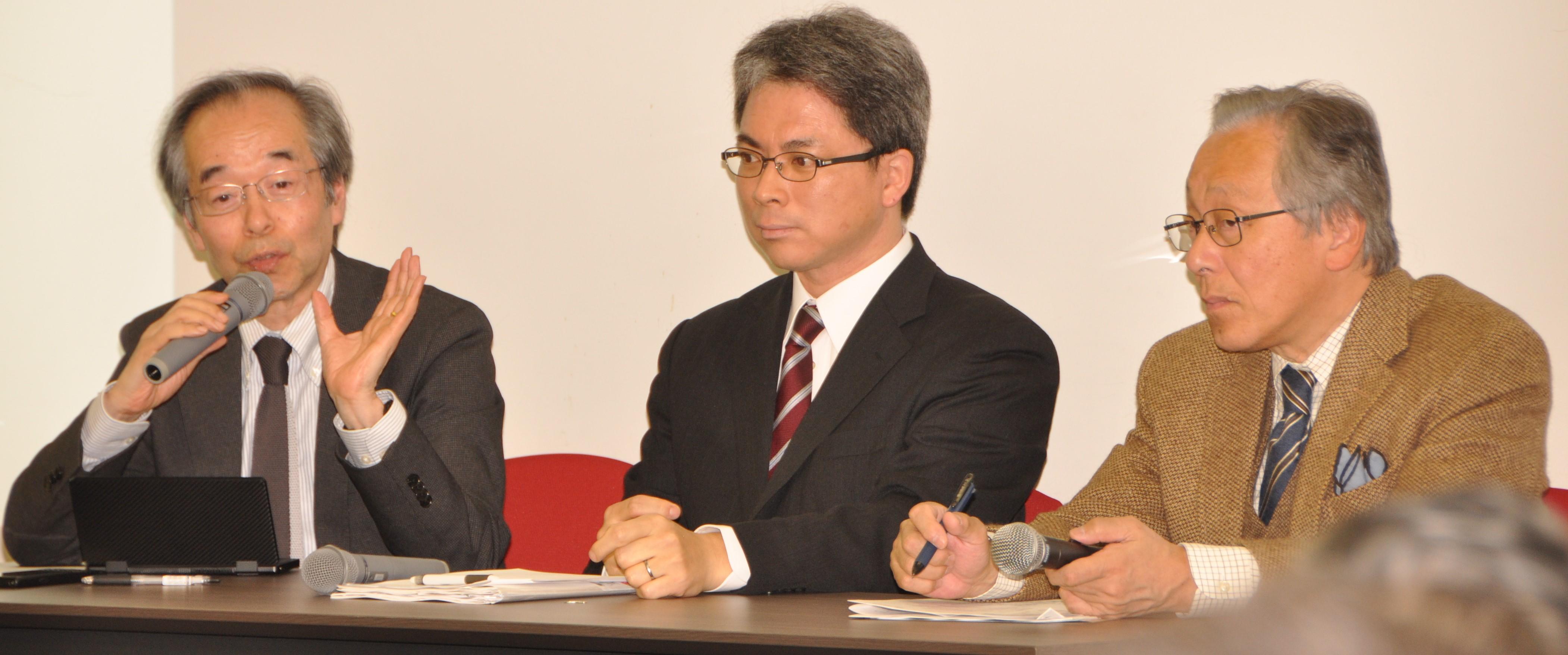
|
Outline of the seminar
At the colloquium on the day, Researcher Yamada presented the results of a survey on the recent trends in unmanned aerial vehicle policy in the United States, especially regarding safety and security aspects.
In the United States, the policy is being expanded gradually from low-risk and isolated airspace operations to integrated operation in the same airspace as manned aircraft. The development of this policy was introduced from three aspects: research and development, regulatory discussion, and specific regulations and operations.
① Research and development
With the UAS Center of Excellence at its core, a wide range of advanced and academic R & D on unmanned aerial vehicles is being conducted.
Also, for the purpose of accelerating R & D in collaboration with the public and private sectors, the UAS Integration Pilot Program has begun R & D for
three years.
② Regulatory discussion
While the Drone Advisory Committee, which consists of high-level persons, examines various issues related to unmanned aerial vehicles over a wide
range and a long period of time, the Aviation Rulemaking Committee was established for individual regulation and makes recommendations to the
FAA.
③ Regulations / operations
The United States is proceeding with system design even for matters that have not yet been introduced in Japan, such as unmanned aerial vehicle
registration systems, commercial remote pilot requirements, and third-party air / night operations.
In addition, at present, the institutionalization of a remote ID for remotely identifying unmanned aerial vehicles is under consideration, and public
comments are expected to be given later this year.
The commentator introduced the situation of unmanned aerial vehicle policy in Japan and trends in Europe.
In addition, he presented the concept of risk analysis and issues for off-visual flight in manned areas.
During the Q and A session with the participants, lively discussions were held, including opinions and questions regarding the public nature of unmanned aerial vehicles and the safety of drones.
On the day of the event, there were more than 100 participants including academics, the Ministry of Land, Infrastructure, Transport and Tourism, aviation personnel, transportation related organizations, consultants, and manufacturers, and it was a thriving colloquium.



